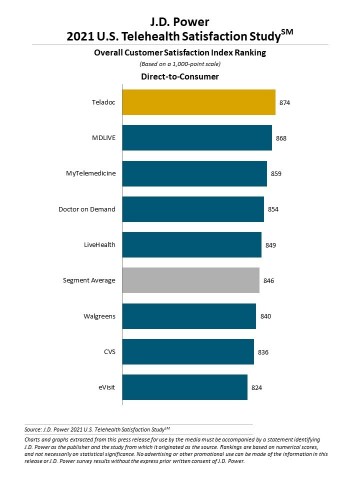Financial News
More News
View More
Tempus AI: Volatility Equates to Opportunity in AI Leader
Today 13:22 EST
Follow the Money: 3 Stocks With High Institutional Ownership
Today 12:27 EST
Can Gold Mining Stocks Shine as the Metals Rally Falters?
Today 11:13 EST
Dutch Bros Beats Earnings for 11th Consecutive Quarter
Today 10:22 EST
Recent Quotes
View More
Stock Quote API & Stock News API supplied by www.cloudquote.io
Quotes delayed at least 20 minutes.
By accessing this page, you agree to the Privacy Policy and Terms Of Service.
Quotes delayed at least 20 minutes.
By accessing this page, you agree to the Privacy Policy and Terms Of Service.
© 2025 FinancialContent. All rights reserved.









